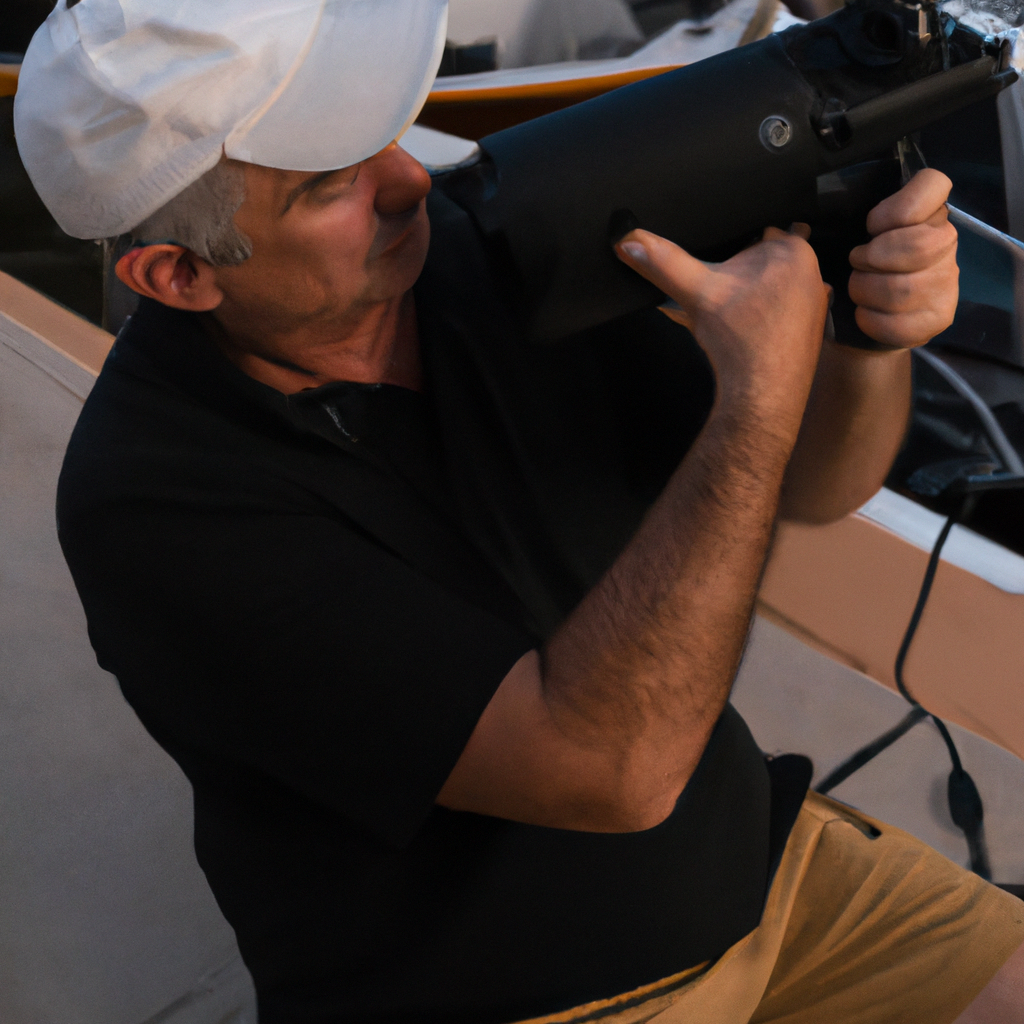Boating Safely: A Complete Guide to Repairing and Maintaining Nautical Equipment

Sailing the vast sea is an exciting and liberating experience. But to ensure safe and smooth voyages, it is imperative that nautical equipment is in top condition. Herein lies the importance of repair and maintenance of this equipment, an aspect often underestimated by boat owners. This article will provide a comprehensive overview of how to maintain and repair nautical equipment, from the basics to a detailed guide to repair and maintenance procedures. In addition, we will highlight the most common mistakes made in these processes and how to avoid them. Whether you are an experienced sailor or a beginner in the world of sailing, this article will provide you with valuable knowledge to keep your nautical equipment in top shape.
- 1. "Basics of repair and maintenance of nautical equipment"
- 2. "How to perform preventive maintenance on nautical equipment"
- 3. "Step-by-step guide to repairing common marine equipment"
- 4. "Common mistakes and how to avoid them when repairing and maintaining nautical equipment"
1. "Basics of repair and maintenance of nautical equipment"
Nautical equipment repair and maintenance are crucial tasks to ensure efficiency and safety in navigation. The basics of these tasks include regular inspection of the equipment, which covers the overhaul of the engine, electrical systems, navigation equipment, safety equipment and fuel systems, among others. Maintenance can be preventive, which involves the periodic review and updating of the equipment to prevent failures, or corrective, which refers to the solution of existing problems. Repair, on the other hand, is carried out when equipment breaks down and needs to be restored to its original state or improved. These tasks must be carried out by trained personnel, following the manufacturer's specifications and current safety regulations.
2. "How to perform preventive maintenance on nautical equipment"
Preventive maintenance on nautical equipment is essential to ensure its proper functioning and prolong its lifespan. This process begins with regular cleaning of all components, especially those that are exposed to water and salt, to prevent corrosion. It is important to periodically inspect and lubricate moving parts such as motors, pumps and steering systems. In addition, electrical systems should be checked to detect and repair any damage or wear before they become a bigger problem. It is also advisable to periodically test navigation and communication systems to ensure they are working properly. In the event of any anomaly, it is vital to take the equipment to a specialized technician for repair.
3. "Step-by-step guide to repairing common marine equipment"
Starting to repair common marine equipment can seem like a daunting task, but with the right guidance, it can be a simple process. First, it is critical to identify the problem. For example, if you are dealing with an outboard motor that won't start, it could be a fuel, ignition, or compression issue. Second, once the problem is identified, gather the tools needed for the repair. This could include screwdrivers, pliers, wrenches, and possibly a repair kit specific to the equipment in question. Third, follow the repair instructions specific to the problem identified. This may involve cleaning carburetors, replacing spark plugs, checking the battery, and more. Lastly, once the repair is done, it is always important to test the equipment to ensure it is working properly. Remember, safety should always be your priority when doing any type of marine equipment repair or maintenance.
4. "Common mistakes and how to avoid them when repairing and maintaining nautical equipment"
One of the most common mistakes in repairing and maintaining marine equipment is to avoid performing regular maintenance, which can lead to serious problems in the long run. Another common mistake is to try to carry out repairs yourself without having the necessary training or experience, which can result in further damage to the equipment. In addition, many boat owners make the mistake of using low-quality spare parts to save money, but this can result in premature equipment failure. To avoid these mistakes, it is essential to schedule regular check-ups, use qualified professionals for repairs, and use high-quality spare parts.
